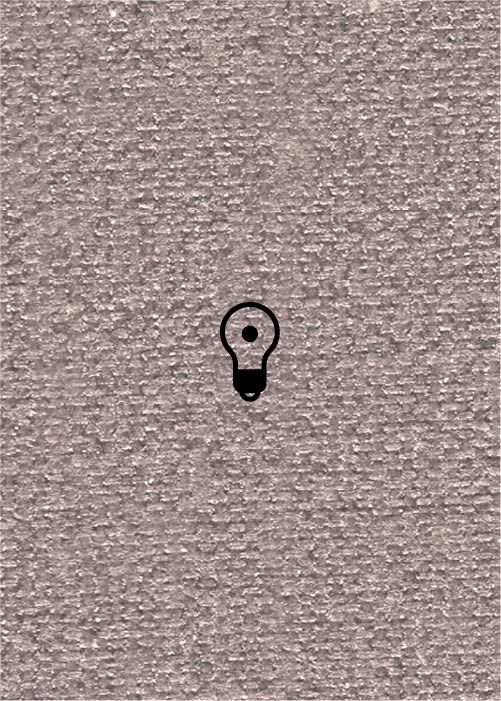(418 results found)

Mazltov far di mekhutonim (LKT)
… transitional or ‘Orientalized’ repertoire consisted of the dance genres named volekh , hora , sirba , ange , and bulgarish . In the non-dance cateogry the most important genre was the doyne ( doina ). In addition, there were a number of non-dance genres (such as mazltov far di makhetonim ) which were …

Mazltov (LKT)
… . (Recording references included). “‘Mazel Tov Freilach (Dance of Happiness and Good Luck’... If the bride is an … .” Feldman 1994, p. 7 . “Regarding the same ‘mazl tov’ dance that Gabriel Grod described in his list, we have now before us an additional description of the same dance, and it is identical to the first description. From …

Marsh (LKT)
… brought the bride with music accompanying them... People danced around the bride inside the house.” … with a ‘marsh’ , even when to do so meant interrupting the dances...” [Dubno, Poland, pre-World War II]. Katshke 1966, … use this term broadly to refer to joyful melodies and dance tunes. For these Hasidim marsh is synonymous with …

Longa (LKT)
… “‘Sehnaz Longa.’ The longa is a [Turkish Gypsy] type of dance... [according to Walter Feldman,] klezmer versions of this type of dance were recorded by Josef Solinski under the titles … can be traced to these, mixed with hasapikos, a Greek urban dance.” Phillips 1996b, p. 183 . … Longa (LKT) …

Londre (LKT)
… 2 . Apert 1996a, p. 16 . “Hora: A popular Romanian-Jewish dance in a limping, duple meter, often notated in 3/8 time. … as hoira, londre, zhok, vulekhl, krimer tants (‘crooked dance’), or ‘slow hora.’ Not to be confused with the brisk Israeli dance of the same name.” Alpert 1996b, p. 58 . “ Olandre …

Lizginke (LKT)
… reference. “A ‘kozak’ [and a freylekhs ]... were folk-dances for adults and in-laws. The youth strutted its wares in waltzes, krakoviaks , etc... They used to dance a vals-boston and a lizginke-tsherkesishen dance with a knife in the hands...” [Dubno, Poland, …

Levonikhe (LKT)
… get the full reference. “ Levonikhe -- name of a peasant dance; the primitive dance of the White Russian peasants was later cultivated in … the White Russian Republic. Jewish girls also once used to dance a levonikhe . Reyzen 1945, p. 5 . … Levonikhe (LKT) …

Lancers (LKT)
… svadebnye obichai ( Perezhitoe 3), the author lists the dances done by girls with the bride at the preliminaries … wrote the article in Russian and did not try to include dances other than those generally known; thus, it is typical that the frejlaxs is also not cited. Most of the dances Levanda mentioned were widespread among the masses …

Lancelot (LKT)
… , Waltz , forms of popular Russian, Polish, and Rumanian dances.” EncyJud 1971, p. 1266 . “ The Quadrille and … Bulgar, Pas d’Espagne, Vingerka : derived from the national dances of other countries (Russia, Poland, Roumania, etc.).” …

Kutner (LKT)
… room... Meanwhile the young men began dancing. Girls danced also but separately. They danced folk dances and waltzes, in which boys dance with boys and girls …


